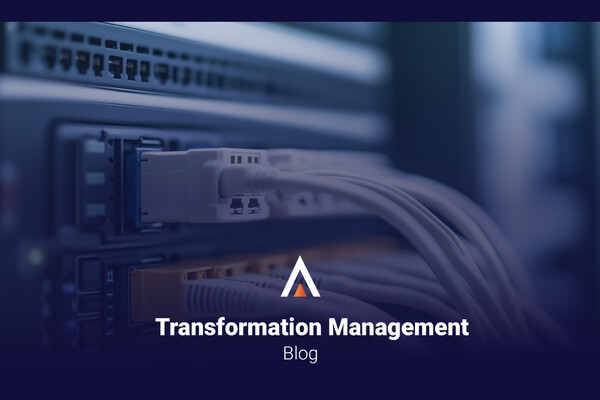Old systems: quiet costs, big risks
In many of the IT projects we do, the focus is on implementing new systems. Steering committees and project meetings revolve around planning, scope and business cases. Logical, after all, the new system must make the company future-proof. But it is precisely the old system that often remains out of the picture. And that is a blind spot, because that is where the greatest risks and costs can lie during the transition phase.
This is where decommissioning comes in. That is, the controlled dismantling of obsolete IT systems. It deserves a structural place in any transformation approach. Why? For these four reasons:
1. Cost savings
Old systems continue to cost money: licenses, management, hosting, support. The longer you keep them running, the more expensive it becomes. Phasing out provides direct savings.
2. Security and compliance
Outdated software often no longer receives updates. And who is still responsible for governance and data management? It's usually unclear or outright forgotten. That makes you vulnerable to data breaches and can have negative consequences for compliance. For example, working in compliance with the AVG.
3. Less complexity
A tidy IT landscape creates overview. By phasing out systems in a timely manner, you reduce dependencies. This simplifies change and incident management, and you can respond more quickly to new requirements or innovations, without getting stuck in legacy.
4. Responsibility and ownership
Old systems were often set up and managed by now-defunct organizational structures. Although the system is still running, the new organization often does not define who is responsible. The system functions in a no man's land, so to speak, with all the risks that this entails.
In short
A successful transformation is not complete without shutting down the old system. Therefore, start planning the dismantling from day one. Make it part of your approach, establish ownership and ensure clear governance and reporting. Only then will you really make room for the future.



